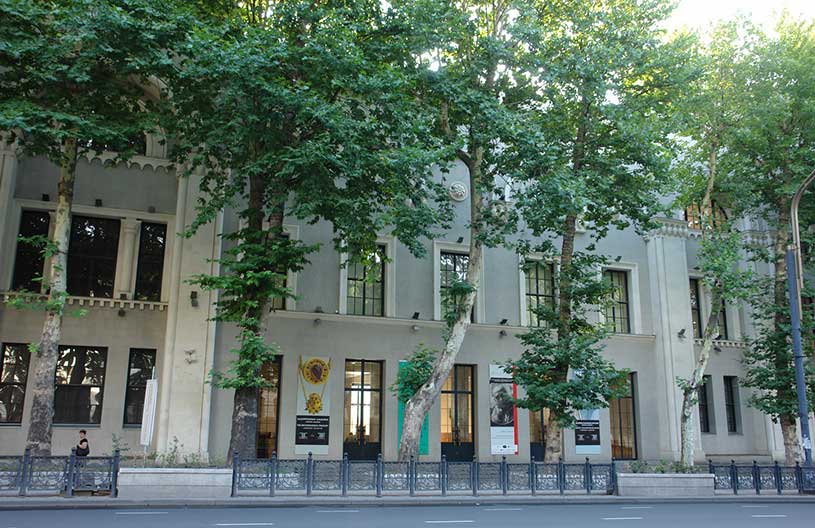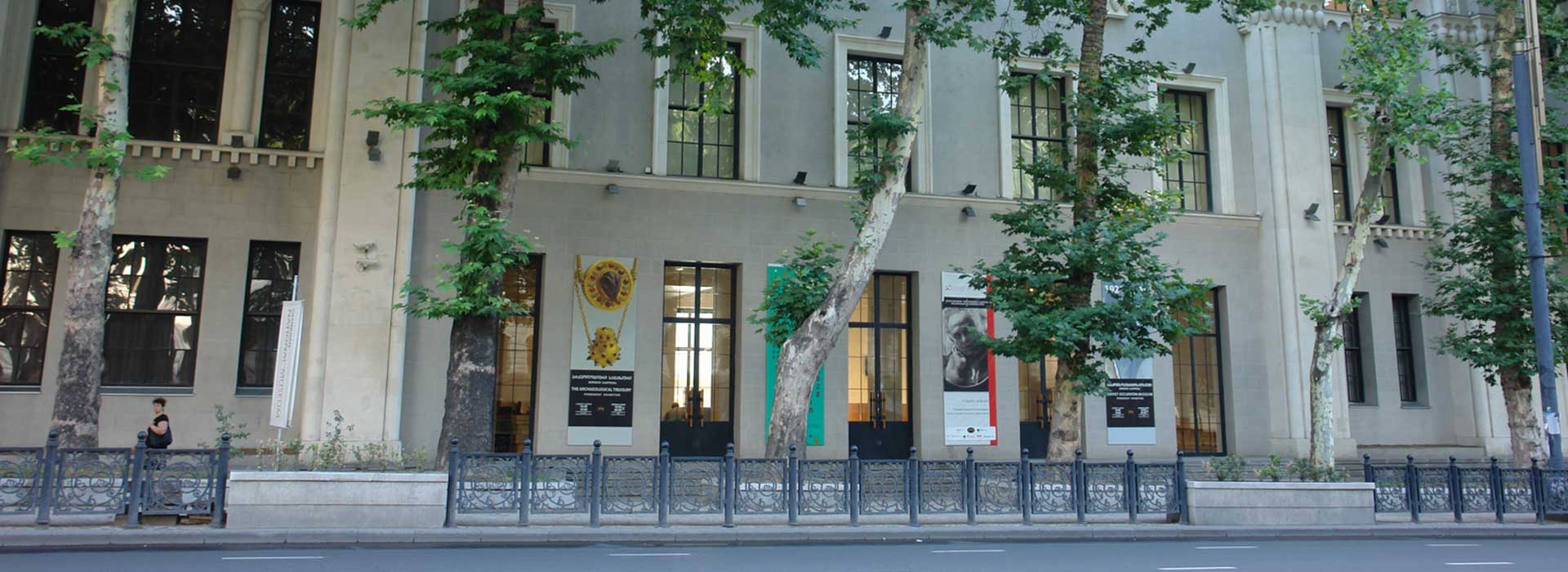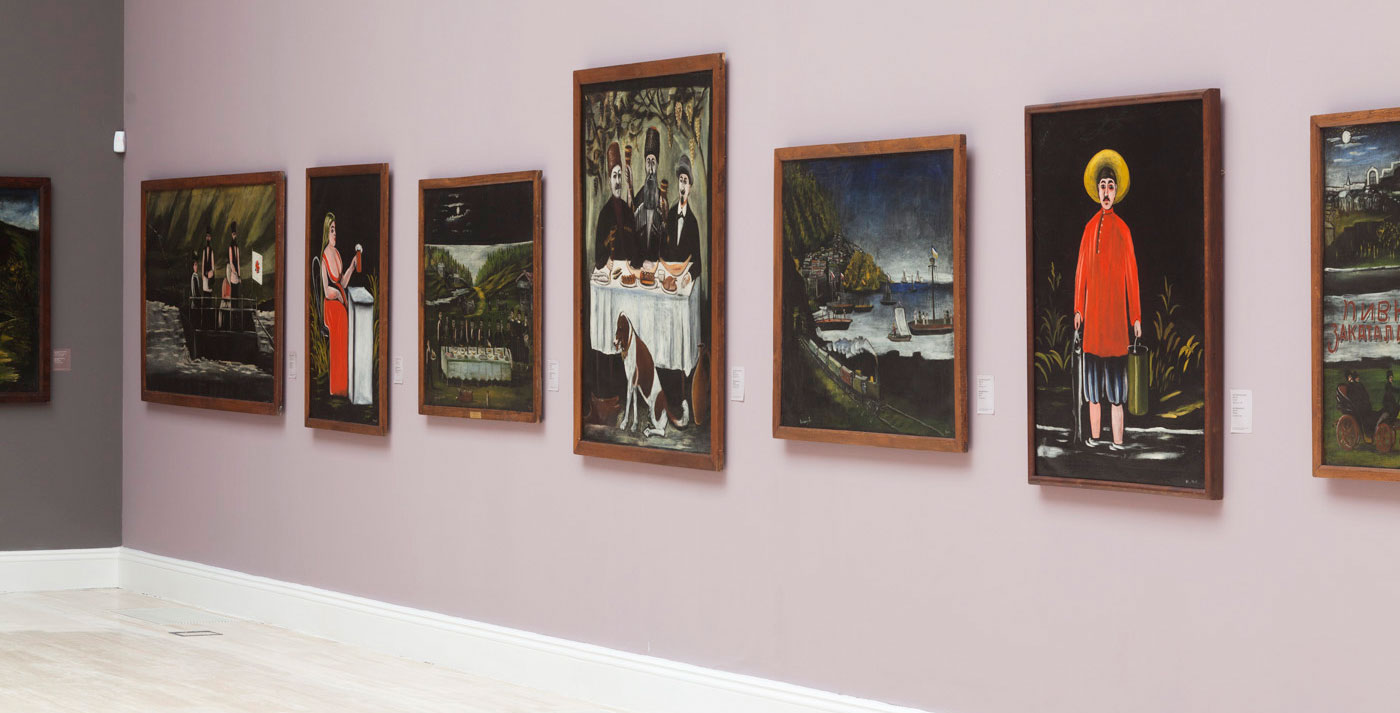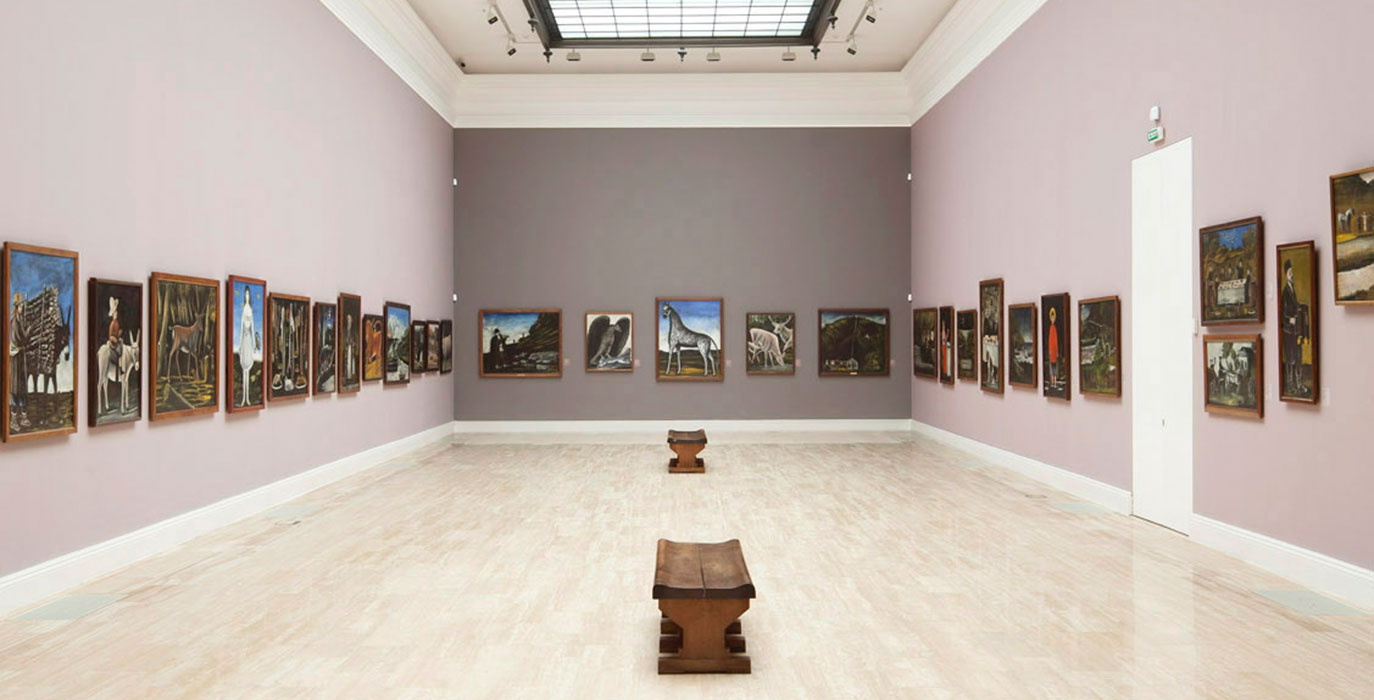

Managementservices: Behind the scenes at the museums
Georgia’s museums have been restored to their former glory thanks to a partnership between the Prussian Cultural Heritage Foundation and the Georgian National Museum.
A treasure trove lies at the heart of the Georgian capital, Tbilisi. In and around Gudiashvili and Rustaveli streets, major cultural institutions – such as the Museum of Fine Arts, the National Gallery and the History Museum – abound. A ‘Museum Promenade’ is being created here, along with new parks, public spaces and courtyards. The aim is to create a cultural district as the focal point for cultural and urban life.
The ‘Museum Promenade’ concept is modelled on Berlin’s ‘Museum Island’. Over recent years, senior managers at the 11 institutions comprising the Georgian National Museum have had the chance to acquaint themselves with Berlin’s museum scene, thanks to a European Union-funded twinning arrangement with the Prussian Cultural Heritage Foundation. Twinning means establishing partnerships between public administrations in EU Member States and administrations in countries that are either current or potential EU accession candidates, such as Georgia. The aim is to assist public administrations in these countries to achieve compliance with European standards, and to strengthen the economy and democracy. The partnership with Tbilisi was the first to be established in the cultural sector.

Heritage at risk
As a service provider for various German ministries, the Deutsche Gesellschaft für Internationale Zusammenarbeit (GIZ) GmbH supports twinning projects and provides assistance to partners every step of the way.
For Georgia – located at the crossroads of Europe and Asia and proud of its rich cultural heritage – the partnership between the National Museum and the Prussian Cultural Heritage Foundation has national significance. Until a few years ago, its museums were in a parlous state: the historic buildings were unattractive and in urgent need of repair, and the artefacts on display were exposed to infestation, damp, and temperature fluctuations.
Today, the National Museum’s exhibition spaces have changed beyond recognition.
Although some of the construction and project work is still under way, museums have been renovated and remodelled. Depots have been opened and workshops are now properly equipped. And the National Gallery now has new exhibition rooms, a laboratory, study areas, and even a visitor café and gift shop. While the museums are being refurbished, thousands of artefacts have to be moved to safe and secure temporary storage areas. The move is working well, and this too is due to sound support from GIZ’s experts.
As the planning of this temporary relocation of exhibits shows, much of the work undertaken by the Georgian-German partnership was carried out behind the scenes at the museums. Much of it involved developing strategies and manuals for various areas of museum management: from human resources to marketing, visitor services and contingency planning.

Ancient traditions in a modern showcase
Today, the Georgian National Museum is engaged in lively exchange with international experts. It also curates prestigious exhibitions and presents Georgian culture abroad – not least in Berlin, thanks to the ongoing links between the Georgian National Museum and the Prussian Cultural Heritage Foundation. For example, the Georgian National Museum took part in the Georgian Culture Days hosted by the Berlin Museum of European Cultures, where the Georgians showcased their country’s ancient winemaking tradition, thousands of years old and recognised by UNESCO as part of the world’s intangible cultural heritage.
At present, the two museums are working to restore the Archaeological Museum in Vani and are researching pre-Christian cult sites around this western Georgian city. Archaeologist David Lordkipanidze, the Director-General of the Georgian National Museum, explains why the partnership works so well: ‘The Berlin museums have a similar structure to our own, and above all, they have experience in managing socialist museums’ transition to modern forms of institutional management.’
Last update: February 2017